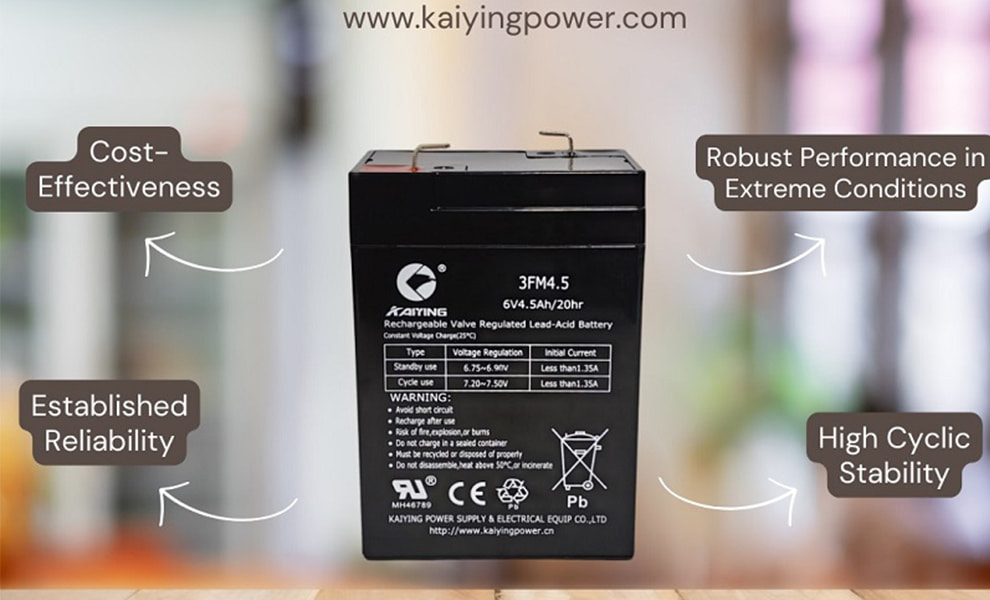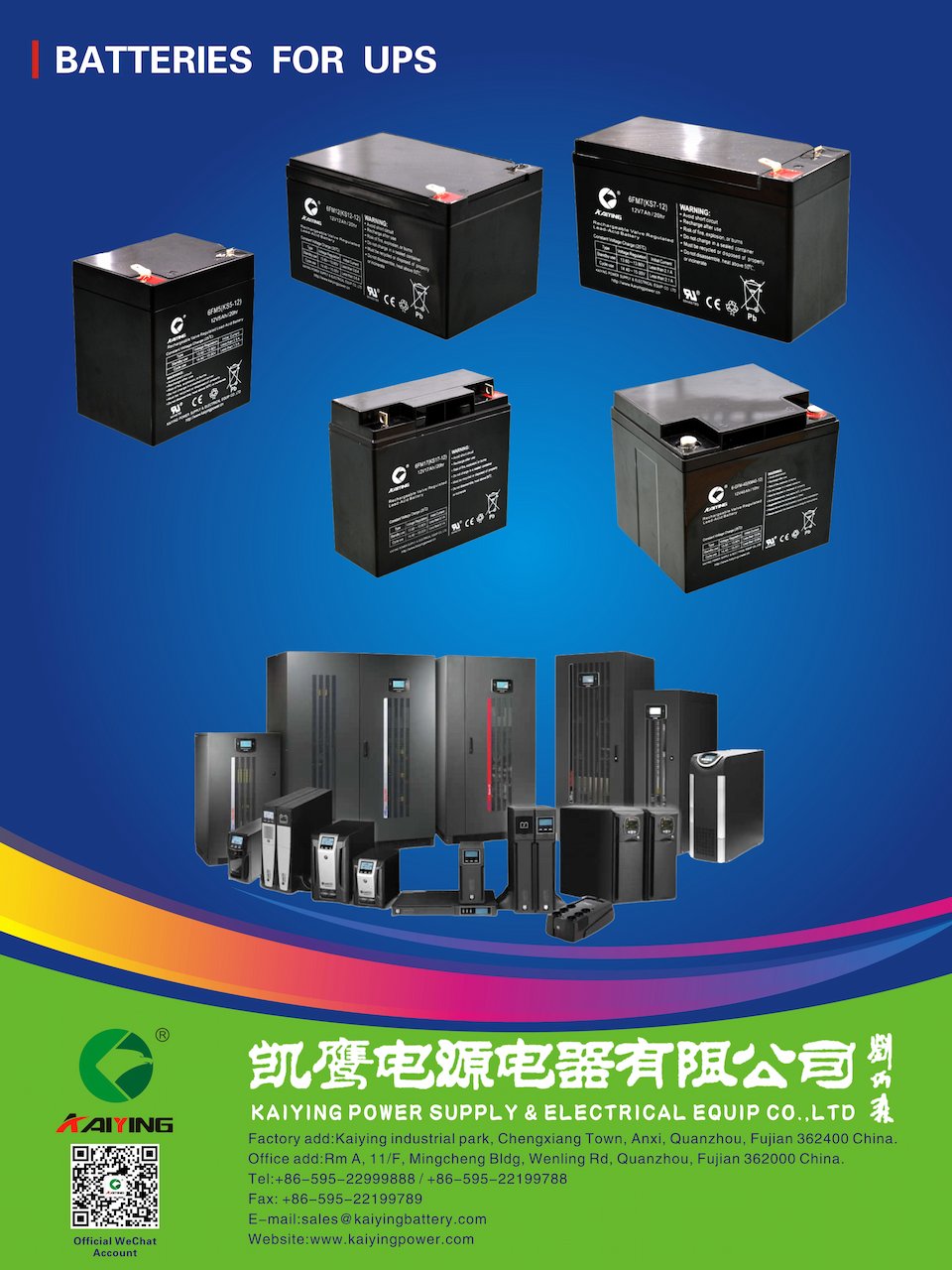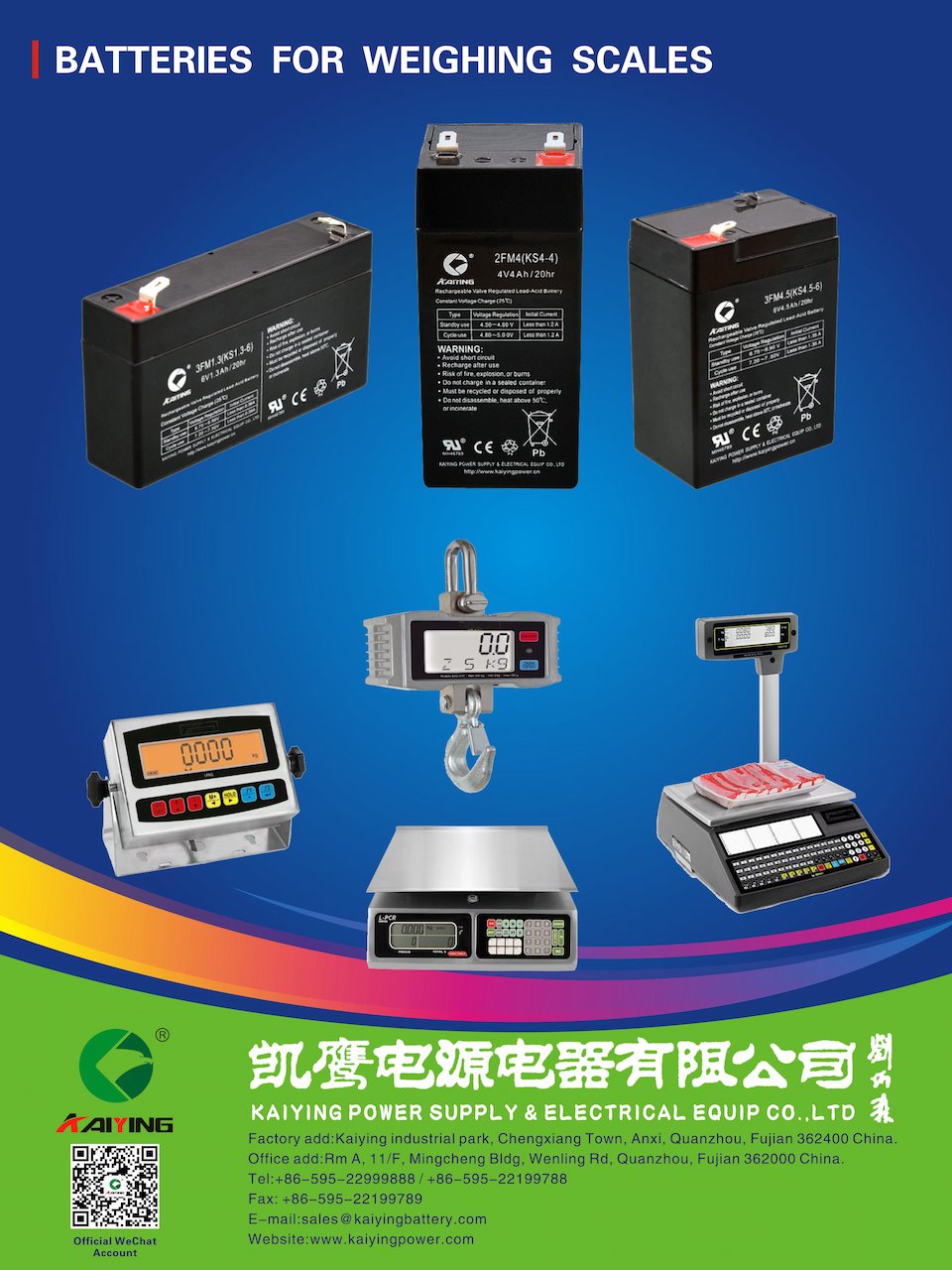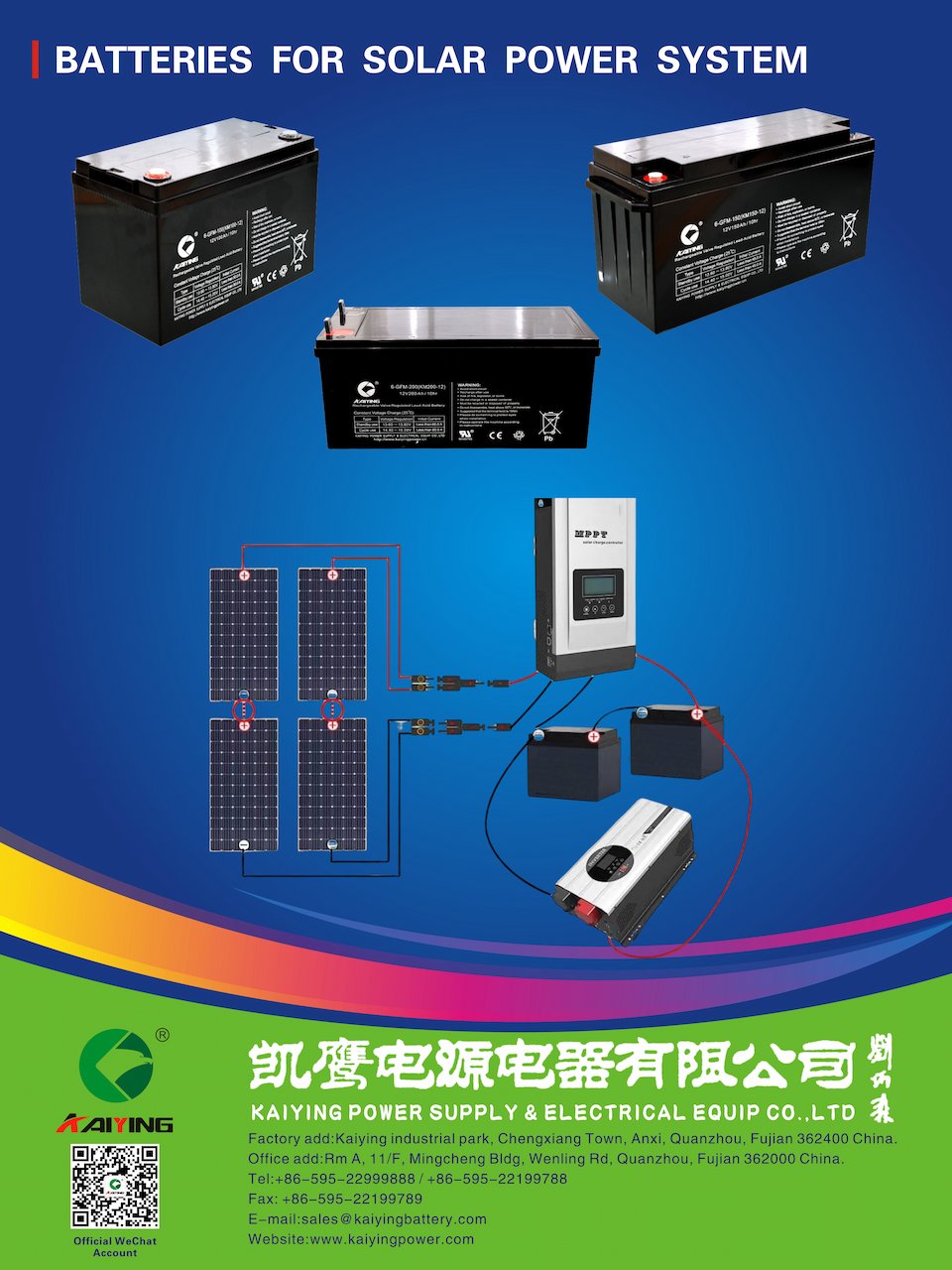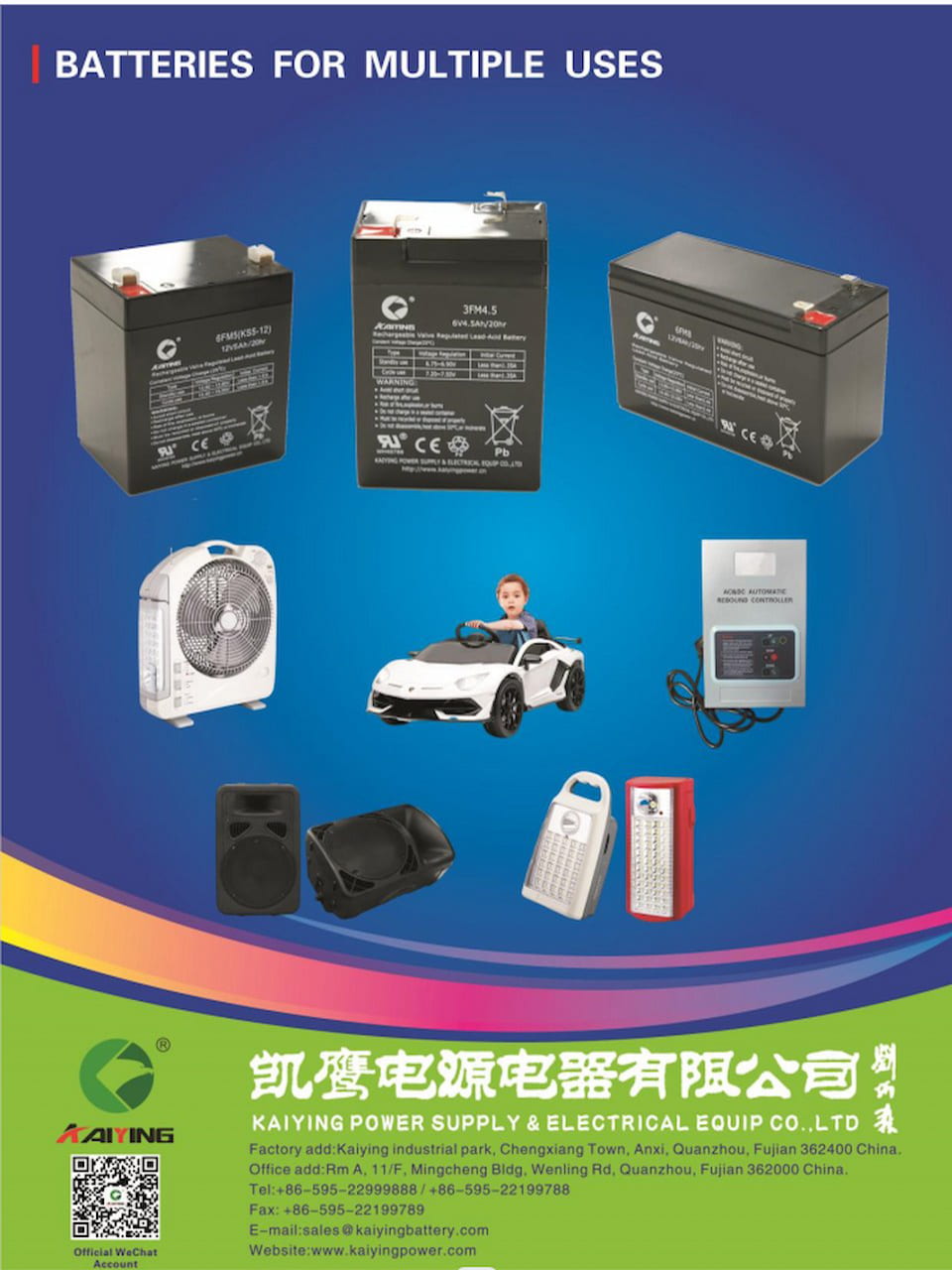The Power Behind Modern Technology A Deep Dive into Lithium Batteries
In the rapidly advancing world of technology, lithium batteries have become the cornerstone of our portable electronics, electric vehicles, and renewable energy storage systems. Their efficiency, longevity, and lightweight properties have made them the preferred choice over traditional battery technologies. In this blog post, we'll explore what makes lithium batteries so revolutionary, their types, applications, and the future of this game-changing technology.
What is a Lithium Battery?
Lithium batteries are a type of rechargeable battery that relies on lithium ions to store and release energy. Unlike primary batteries (non-rechargeable), lithium batteries can be recharged and used multiple times, making them a sustainable choice for many applications.For solar market,what we focus on is Lithium Iron Phosphate (LiFePO4) Batteries.
Common Uses: Power tools, electric vehicles, solar energy storage.
Which with High thermal stability, safety, long cycle life.
Advantages of Lithium Batteries
High Energy Density:
Lithium batteries can store a significant amount of energy in a small volume, making them ideal for compact devices.
Long Lifespan:
These batteries have a long cycle life, meaning they can be discharged and recharged many times before their capacity diminishes significantly.
Low Self-Discharge:
Lithium batteries have a low self-discharge rate, which means they retain their charge for longer periods when not in use.
Lightweight:
Compared to other rechargeable batteries, lithium batteries are lightweight, making them perfect for portable applications.
Applications of Lithium Batteries
Consumer Electronics:
Laptops, smartphones, tablets, and wearable devices rely heavily on lithium batteries for their power needs.
Electric Vehicles (EVs):
The automotive industry is increasingly adopting lithium batteries due to their efficiency and capacity to provide long driving ranges.
Renewable Energy Storage:
Lithium batteries are used in solar energy systems to store excess energy generated during the day for use during the night or cloudy days.
Medical Devices:
Critical medical equipment such as pacemakers, defibrillators, and portable oxygen concentrators use lithium batteries for their reliability and long life.
The Future of Lithium Batteries
The future of lithium battery technology looks promising with ongoing research focused on improving energy density, charging speed, and safety. Innovations such as solid-state lithium batteries, which replace the liquid electrolyte with a solid one, are expected to offer even higher energy densities and enhanced safety features.
Additionally, recycling and sustainable sourcing of lithium are becoming priorities to address environmental concerns associated with battery production and disposal. Researchers are also exploring alternative materials to reduce dependency on rare and expensive elements currently used in lithium battery production.
Conclusion
Hopelightsolar Lithium batteries have undoubtedly transformed the landscape of modern technology, enabling advancements in various fields from consumer electronics to renewable energy. As research and development continue, we can expect even more efficient, safe, and sustainable lithium battery solutions to emerge, powering the technologies of tomorrow.
